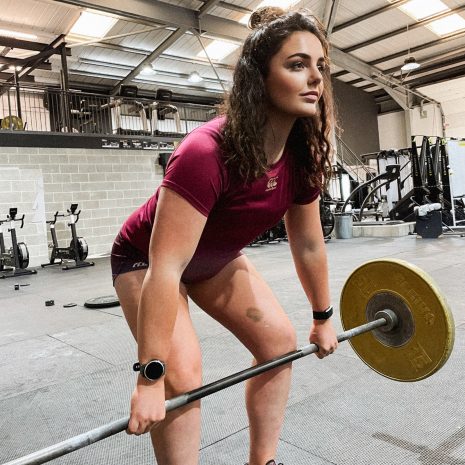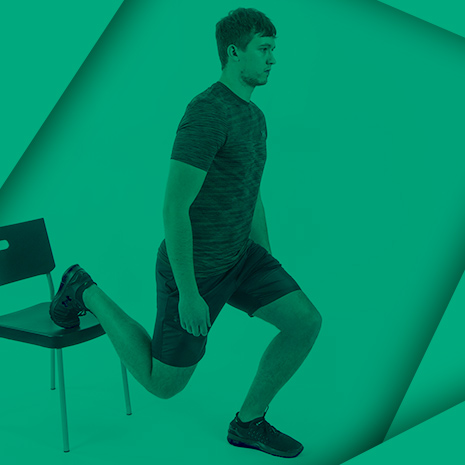We have teamed up with esteemed Chartered Physiotherapist, Neil Aitken to give you high-quality information on the most common Rugby injuries and how to best recover from them. If there’s a particular injury you’d like us to cover with Neil’s help, get in touch with us on social media (Facebook | Twitter).
Quick links
- What is the clavicle (collarbone)?
- What are the symptoms of a broken collarbone?
- Why is a broken collarbone so common?
- What is the treatment for a broken collarbone?
- What is the recovery time for a broken collarbone?
- Can you play rugby after a dislocated collarbone?
The clavicle, or collarbone, is quite fragile and it is unusual to sustain any injury to it without trauma. With high contact sports such as rugby, collarbone related injuries can be a common problem. In this article, we answer some of the most commonly asked questions after sustaining a broken collarbone and give our top tips for clavicle fracture recovery. If you are looking for more detailed information on broken collarbones and how to recover from them, check out our Comprehensive Recovery Guide for Collarbone Injuries.
What is the clavicle (collarbone)?

- The collar bone is a thin bone that connects your sternum (chest bone) to the tip of your scapula (shoulder blade).
What are the symptoms of a broken collarbone?
- You will feel a sharp pain in the region of the clavicle fracture. It will be very sore to feel the area of bone affected. As it is so close to the skin you may be able to feel the fracture in the bone. It will be sore to move your arm more than 30 degrees away from your side. You will not be able to lie on the affected side due to pain.
Why is a broken collarbone so common?
- The shoulder blade and arm are only connected to the rest of the skeleton by the collarbone and its attachment to the sternum (chest bone). A fall onto an outstretched hand, or impact sustained directly by the shoulder, will transfer a lot of force to the collarbone. Therefore in contact sports, such as rugby, this is a common mechanism of injury.
What is the treatment for a broken collarbone?
- Most collarbone injuries do not require surgery. Initial treatment involves immobilisation in a sling for 2-4 weeks. A graded rehabilitation program is then undertaken, with progression guided by pain. Exercises initially focus on regaining full range of motion, moving onto strengthening for the rotator cuff, scapular muscles and then more global shoulder strengthening like pushing/pulling. When eventually returning to full contact training, consider using a shoulder support for added joint stability.
What is the recovery time for a broken collarbone?
- Healing will take roughly 6 weeks and you can expect it to take another 6 weeks before you have regained full range of motion and a good level of strength. Contact sports are often undertaken at 12 weeks, though this may depend on the severity of your injury and your progress with rehabilitation.
Can you play rugby after a dislocated collarbone?
- It would be very unusual to not be able to return to rugby after either an acromioclavicular or sternoclavicular joint disruption. You should be pain free with full range of motion and pre injury levels of strength before you consider returning to rugby. This will typically be around 12 weeks post-injury but for more severe dislocations this may take 16-20 weeks and require surgery.

About the author
Neil Aitken is a Chartered Physiotherapist with a private clinic in Edinburgh. He has previous experience as a senior physiotherapist in the NHS and provided physio for one of the top amateur rugby teams in Scotland. He is highly evidence-based having completed a Post Grad in Musculoskeletal Physiotherapy gaining membership to the MACP, one of the most highly respected qualifications within physiotherapy.
Website: http://www.neilaitkenphysio.co.uk/
Facebook: https://www.facebook.com/neilaitkenphysio/
Twitter: @aitkenphysio

Please note, this article is intended to serve as a guide for general information only. Injuries should be assessed by a qualified specialist such as a physiotherapist or doctor. When you sustain an injury, there are always complicating factors that may need to be assessed and addressed by a professional.




Comments